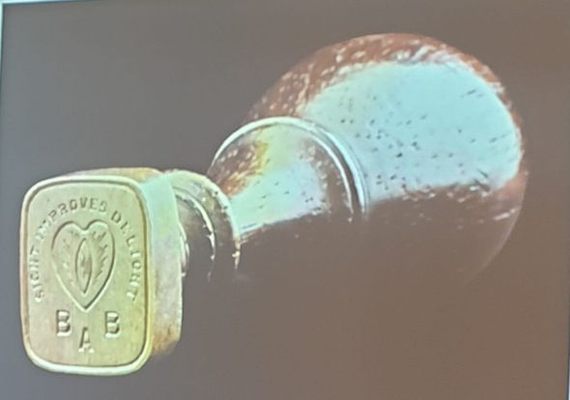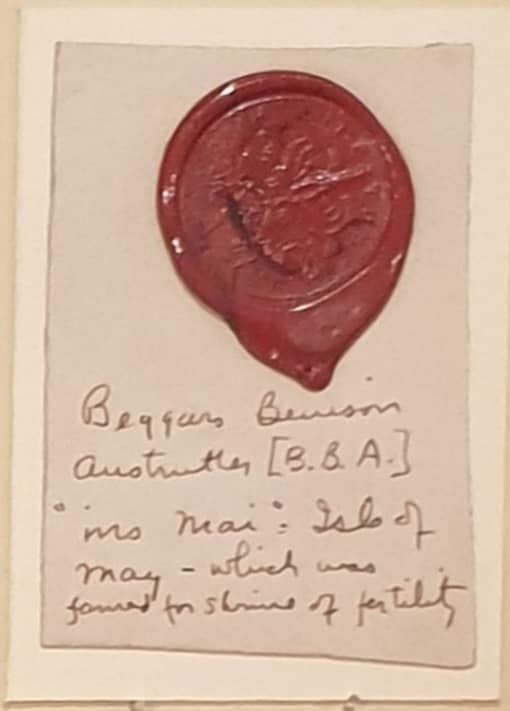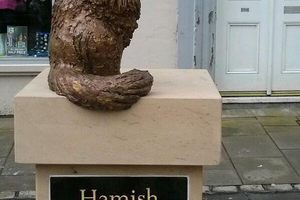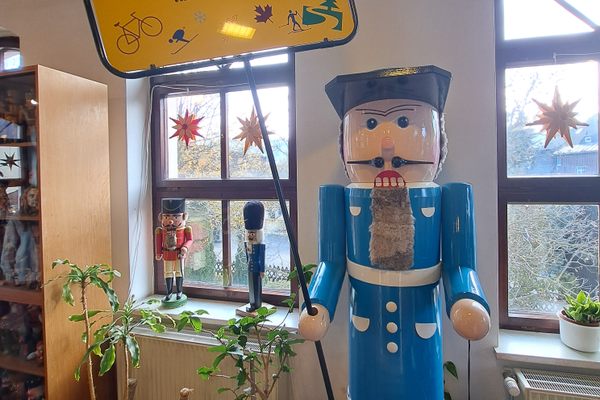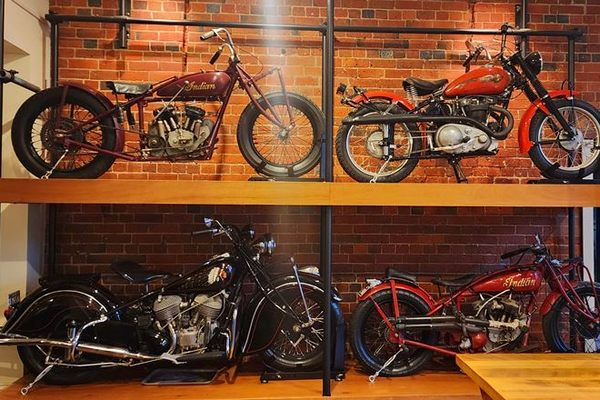About
The impressively named private gentlemen's club "The Most Ancient and Most Puissant Order of the Beggar's Benison and Merryland, Anstruther" gathered not for business or for games of cards and reading of the latest newspapers -they came together to celebrate the pleasures of the flesh.
The club was formed in Scotland in 1732, one of several such institutions in Great Britain, like the more famous Hellfire Club. These meetings of the "Beggar's Benison" club in the tumultuous 18th century promoted an unusually open-minded approach to sex and nudity, pornographic novellas and the appeals of young women posed just so.
Despite its obviously pleasurable pursuits, the intention of the club was a kind of political statement, rebelling against the forced modesty of the church and state of the time. Later libertines like Aleister Crowley freely adopted the slogans and trapping of many of the old-time sex clubs when looking to promote free-thought and paths away from established cultural norms.
The Beggar's Benison met regularly at the Smuggler's Inn for their sessions of admiring nude posing girls and readings from banned books like Fanny Hill. The president of the club was fantastically adorned in a fancy wig said to have been made from the pubic hairs of King Charles II’s mistresses.
New members were inducted into the club through a very specific ritual involving masturbation into a shared bowl - a bowl which can now be found in the special collections at the Museum of the University of St Andrews, along with a blown glass penis-shaped dribble glass and the one-time wig stand of the infamous wig. The wig itself is, sadly, lost to time.
The University acquired the collection some time after the dissolution of the club in 1836, after the relics had been passed down by several generations of family. The Beggar's Benison and Wig Club collection are stored away in the archives of the Museum of the University of St Andrews, and are not on public display. They can be seen by special arrangement only.
Related Tags
Know Before You Go
The National Museum of Scotland on Chambers Street in Edinburgh has a small collection of wax seals belonging to the club. They are located on the third floor in the southwest corner in a display cabinet marked "Clubs & Secret Societies."
Community Contributors
Added By
Published
February 25, 2012






